Last year, much of the world became obsessed with all things British in the run-up to the
Royal Wedding. Flags, bunting, cutlery, trinkets, and cake decorations were all up for grabs. This year is another popular year for Great Britain as the country hosts the Olympics and celebrates the Queen's Diamond Jubilee.
Various companies have been re-branding British products with the "Great Britain" theme to mark the Diamond Jubilee, and the challenge for many designers is to avoid kitsch while ensuring it does not get confused with the Olympics or break any rules by using the Queen's image (1). The trick to creating the product design is to use imagery or colour to convey the celebration without the expense to brand or using any imagery associated with the Queen. For example, Marmite's bottle contains a representation of the flag and a crown, but the crown was drawn by the company and could not be confused for the Queen's (1).
The following graphic is being used widely to represent the Diamond Jubilee.
Although some companies have used the British themes, others (such as Kellog's) have played to the vintage image of their products when the Queen ascended to the throne. Kellog's have launched vintage packaging of some of their products.
I have included some of the product designs below, but for more inspiration, you can pop into your local branch of Marks and Spencer or John Lewis / Waitrose, where they have stocked themed products for a couple of months. John Lewis / Waitrose consistently use British themes in their products, and they are marketing some their products with a sketch. British flags and vintage typography feature significantly across many different types of product.
(All images are the property of the brands represented.) From top left:
Lyle's Golden Syrup use a crown image with the gold and green branding.
Marmite use a British flag in the background of their product with the crown and celebratory text.
Just Puds use a British flag in the background, but the colours are product-specific.
Heinz have placed celebratory text on their product and use simple colours and graphics.
Cadbury is one of my favourites that I have seen in the shops because it stands out. The company use their striking royal purple colour and combine this with a vintage typeface, crown, and Jubilee message.
Weetabix have designed a 'Fuel Britannia' theme with flag bunting.
Prestat have launched various themes of their product, including the one pictured here with the chariot and horses. A few of their chocolate bars also contain the British flag, and I will be uploading these in another post.
A few more products from British companies are below.
(All images are the property of the brands represented.) From top left:
Mozuma, the chocolate company, have developed a very British chocolate bar range with its product design. Very British chocolate bar range includes "Summer Pudding", "Eton Mess", and "Spotted Dick". (Some of these will be put into a future post.)
Adnams have launched their ale with attractive, shelf-stopping branding.
Marks and Spencer have invested much time into product designs for their products, particularly the products with more of a British theme. Their product designs feature the flag and bunting as well as sketched characters. More images can be found on the links below, which includes the official Marks and Spencers website (2 and 3). I will also be adding more photos in an upcoming post.
In addition to the photograph above, the following products have also been designed for Marks and Spencers:
(All images are the property of the brands represented.)
Although the branding is making a large impact on food products, jewellery, transportation, fashion labels, dishes/plates/mugs, coins, stamps, cards, and media are also producing designs based on all-things-British for the Jubilee. Although not a product, even the street artist Banksy has been busy (see
Banksy Diamond Jubilee Street Art). Included below are a television network and London Underground.
(All images are the property of the brands represented.)
Director Steve Small has developed an attractively-sketched ident to play before and after programmes on ITV1 relating to the Diamond Jubilee (4).
A few London Underground trains on the Jubilee line have been branded with the Jubilee pattern, and more of these will be ruled out on the Jubilee line for the Jubilee weekend (5).
Below is an image from the London department store, Harrods.
(All images are the property of the brands represented.)
Have you seen any product designs for the Diamond Jubilee that really stood out to you that I have not included in this list? Please drop me a message.
1) Banks, Tom. Creating Limited-Edition Projects for the Queen's Diamond Jubilee. http://www.designweek.co.uk/analysis/news-analysis/creating-limited-edition-projects-for-the-queens-diamond-jubilee/3034467.article [26 April, 2012].
2) H is for Home. M&S Packaging. http://hisforhomeblog.com/tag/queens-diamond-jubilee [27 April, 2012].
3) Marks and Spencer. M&S Jubilee Food. http://social.marksandspencer.com/food-drink/ms-jubilee-food/ [11 May, 2012].
4) Burgoyne, Patrick. ITV1 in charming Royal Jubilee design shock. http://creativereview.co.uk/cr-blog/2012/may/itv1-royal-season-ident [16 May, 2012].
5) London24. London Underground celebrates Diamond Jubilee by Decorating Jubilee line trains. http://www.london24.com/news/london_underground_celebrates_diamond_jubilee_by_decorating_jubilee_line_trains_1_1378594 [15 May, 2012].
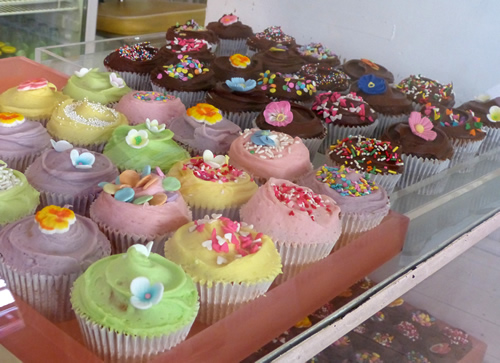
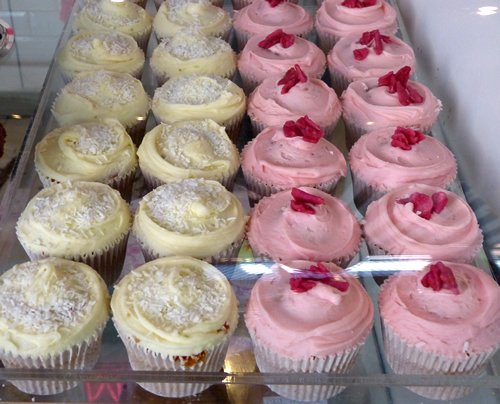
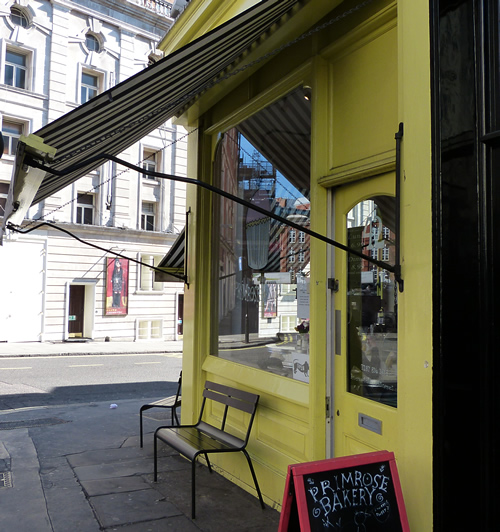



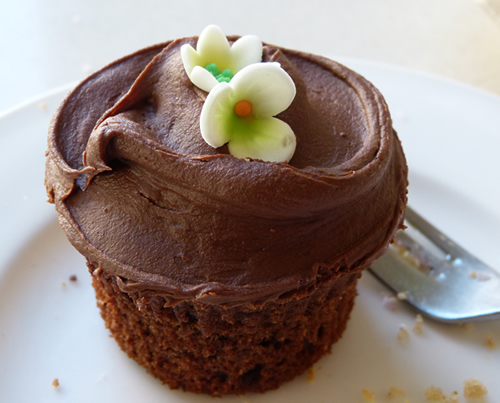
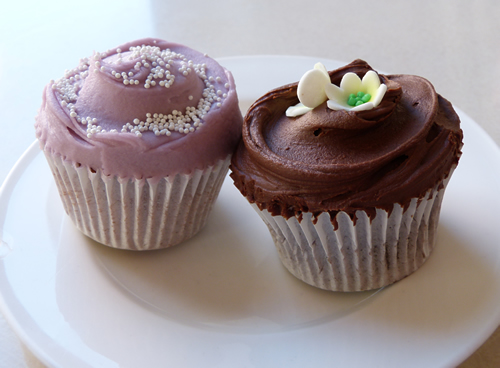
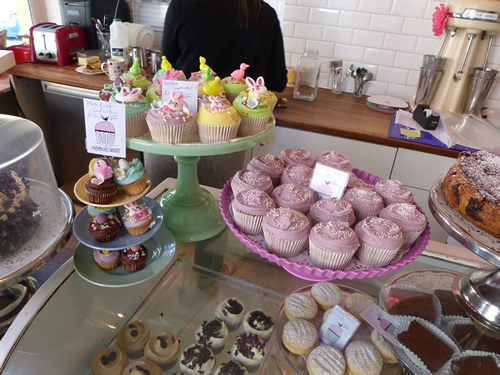
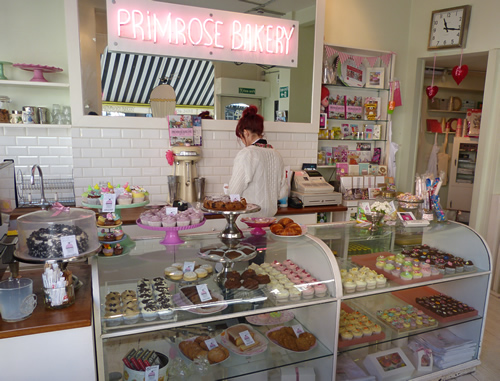
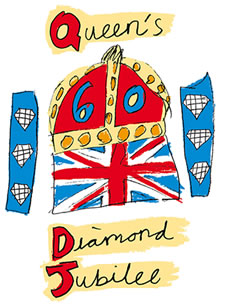
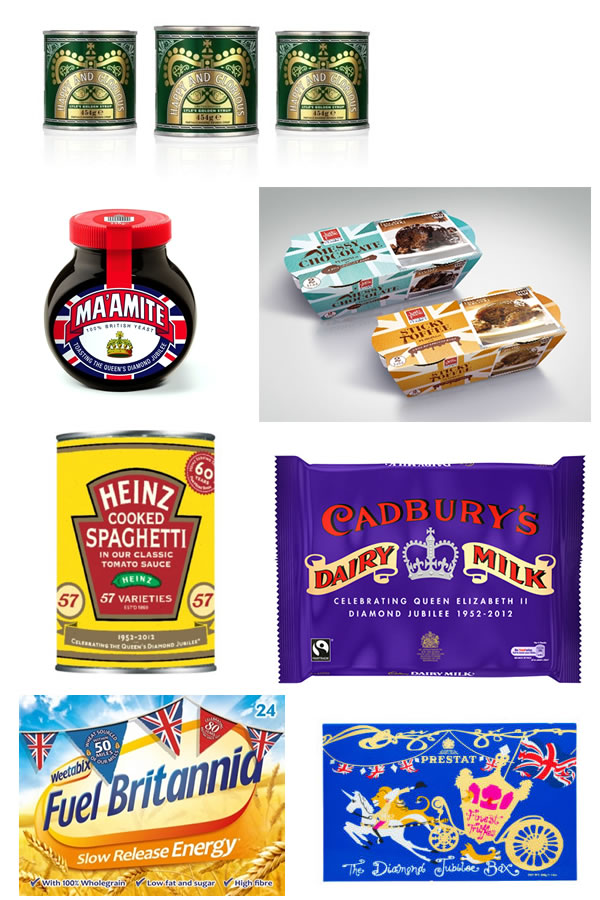
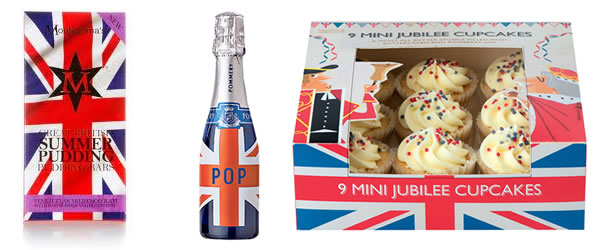
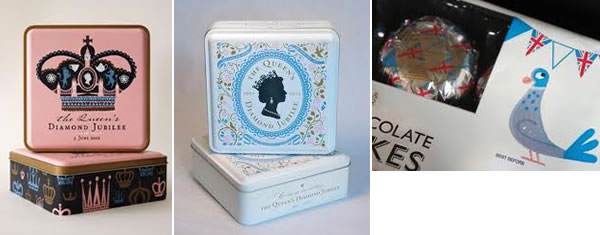
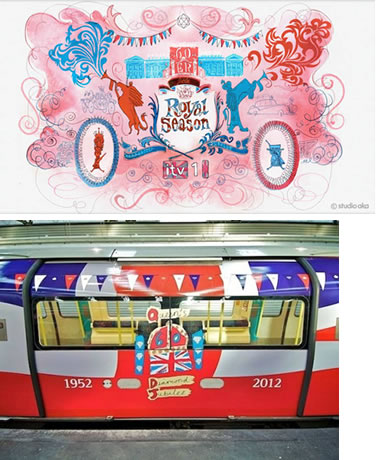

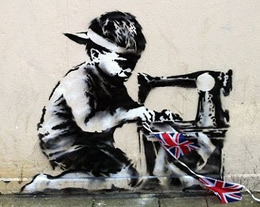

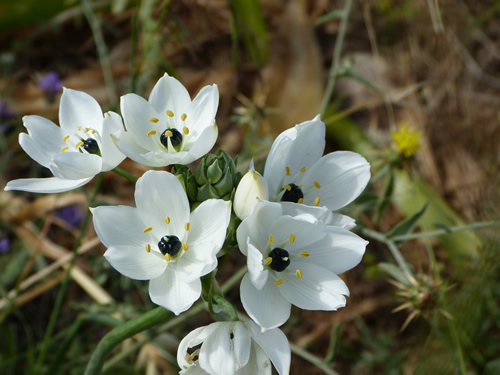
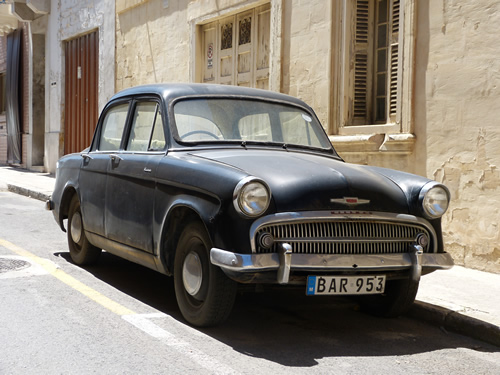
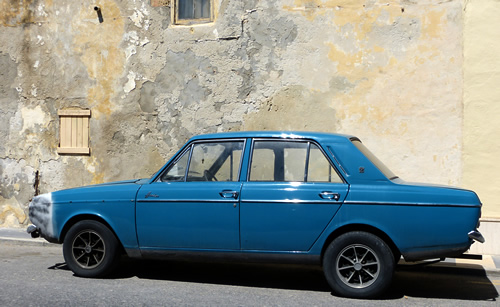
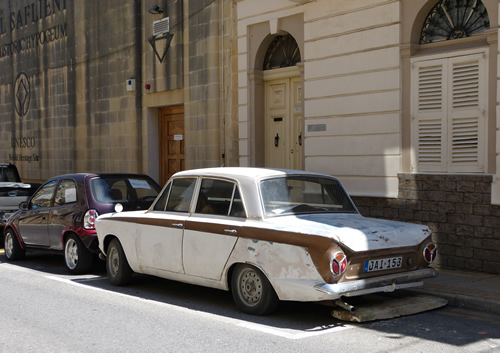
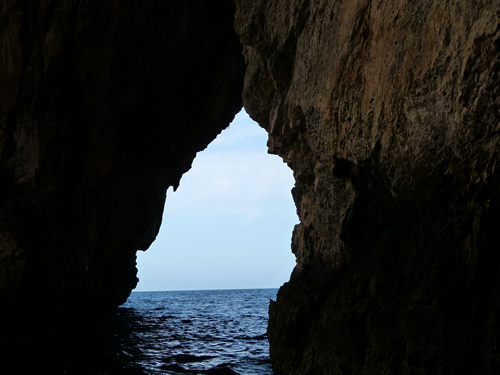
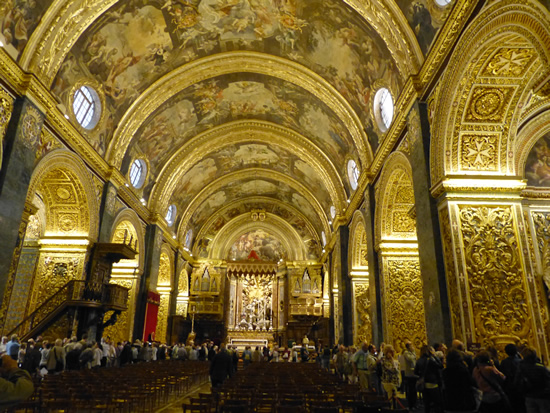
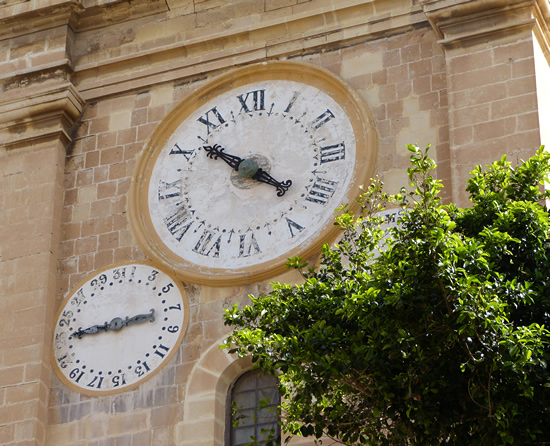
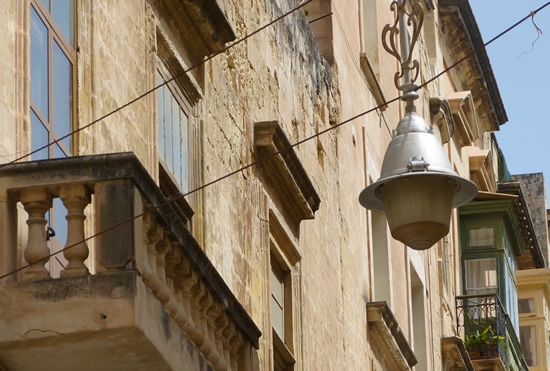
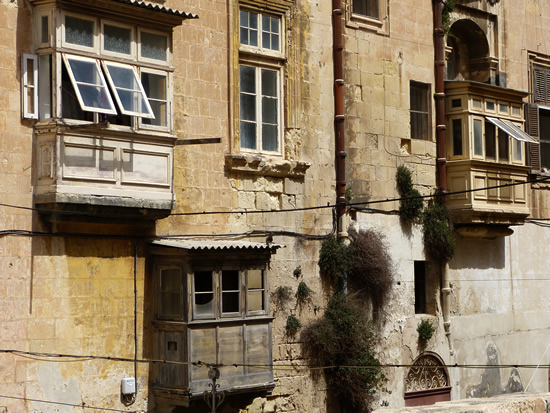

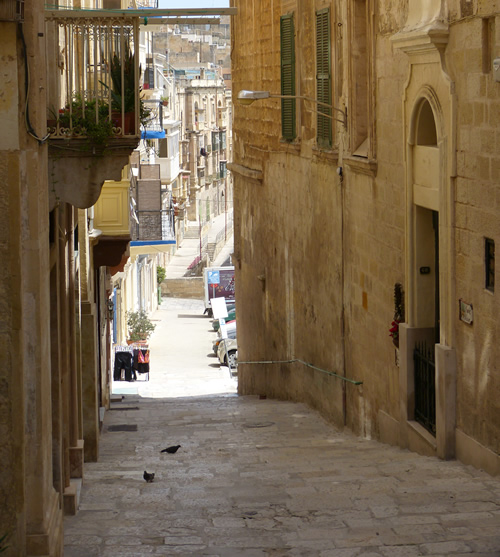
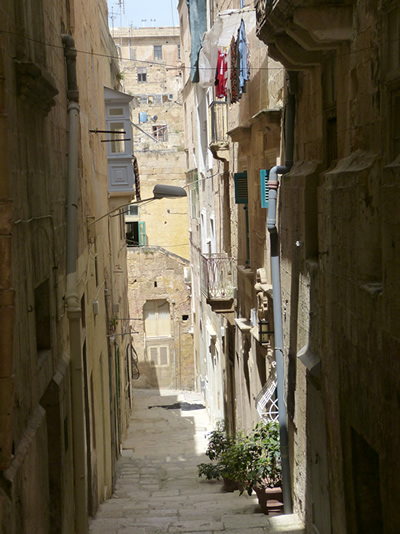
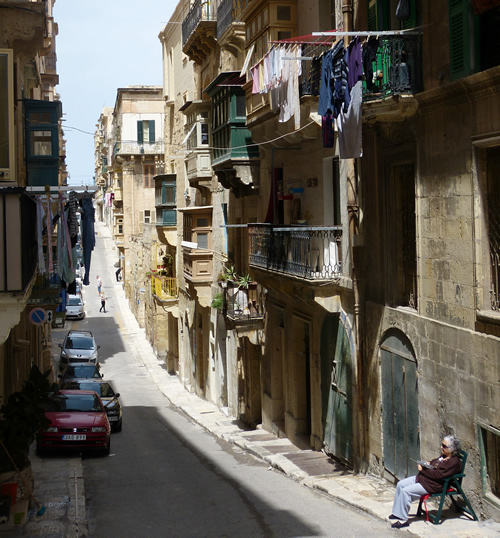


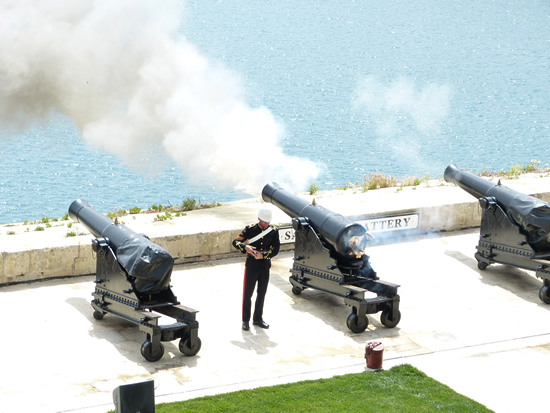
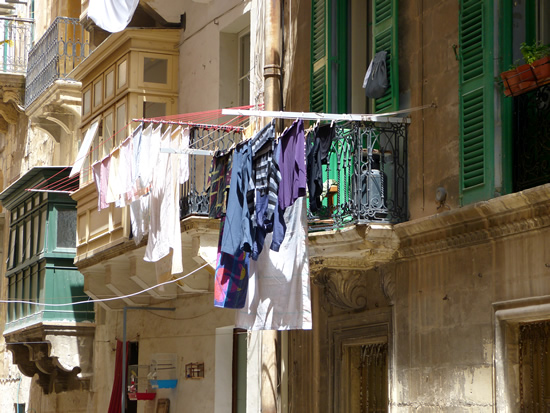
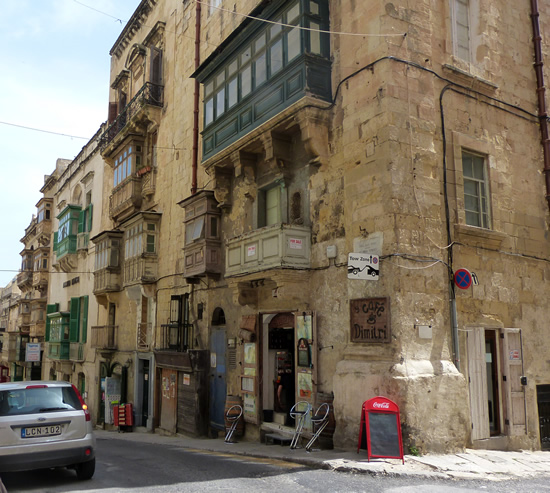
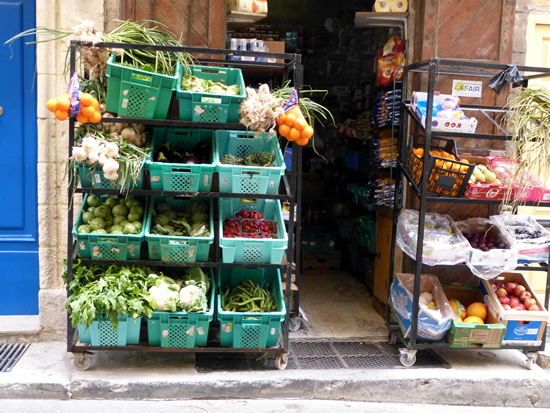
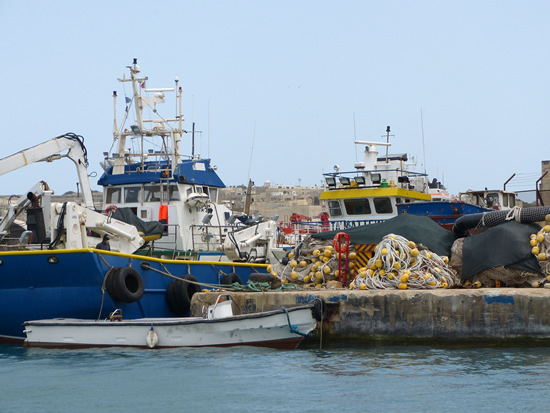
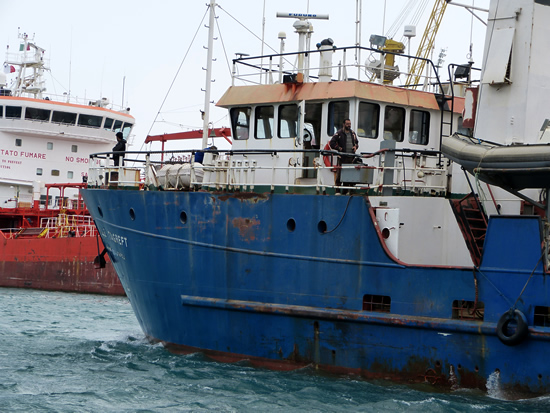
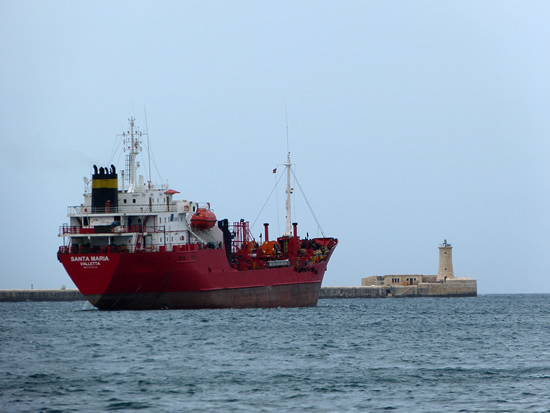
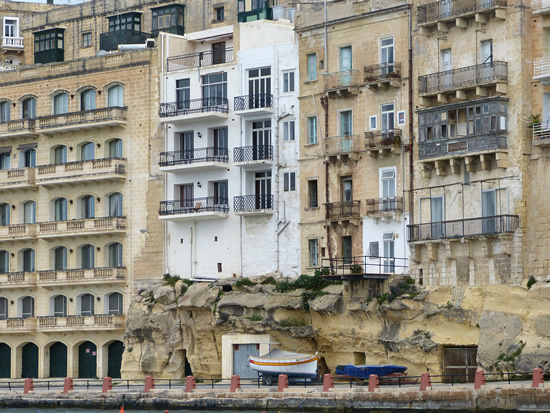
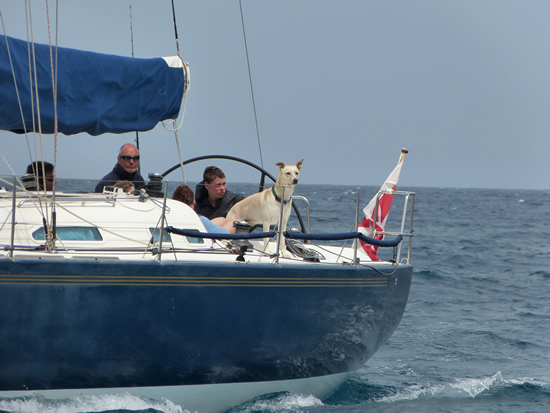
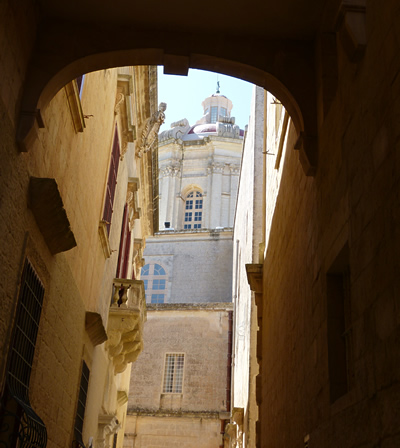
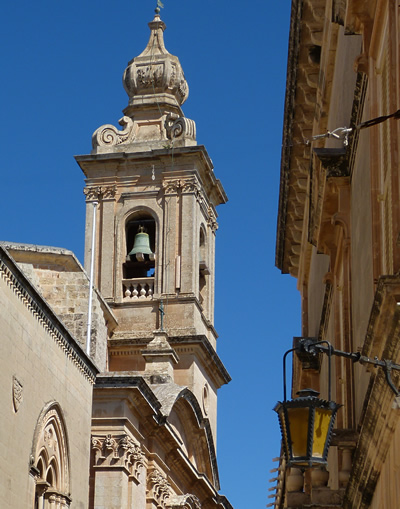
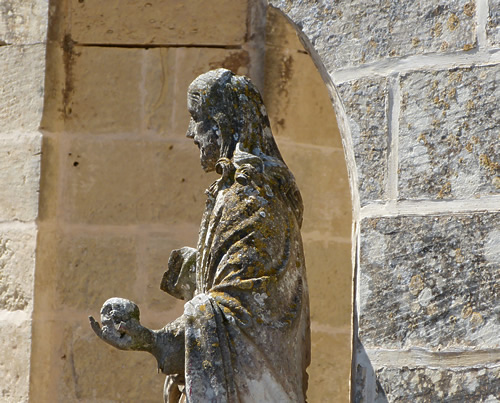
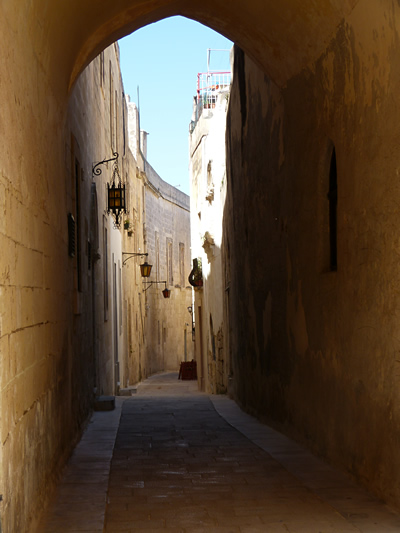
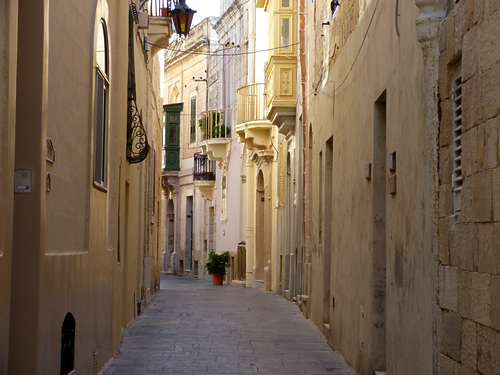
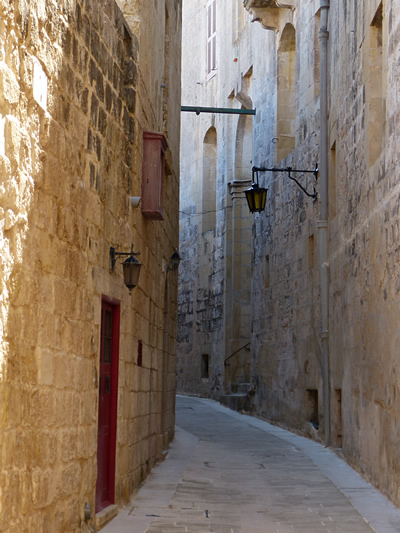
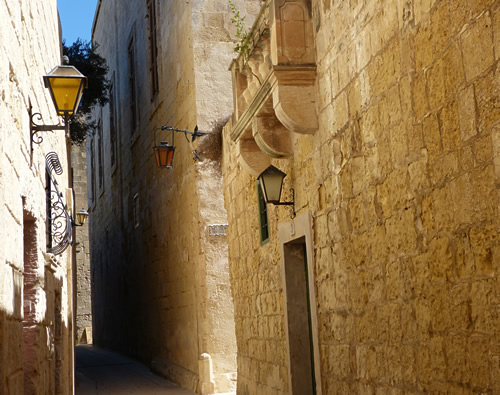

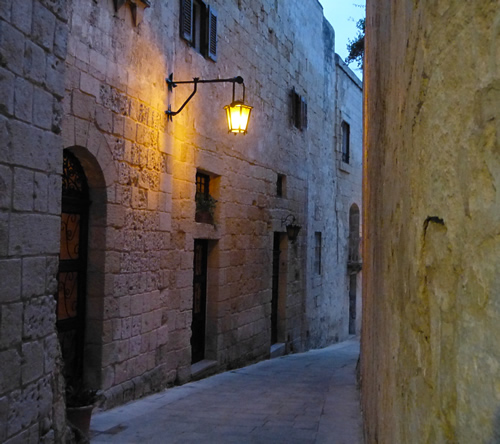
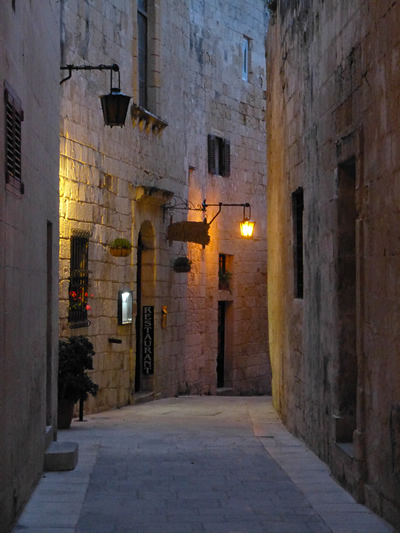
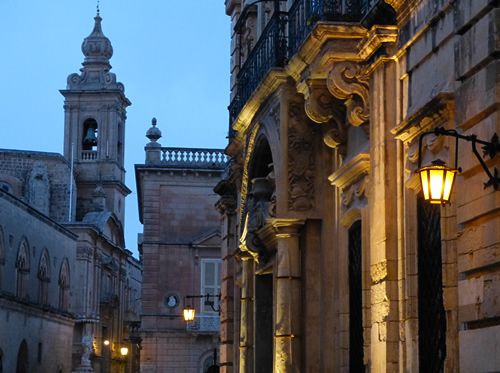
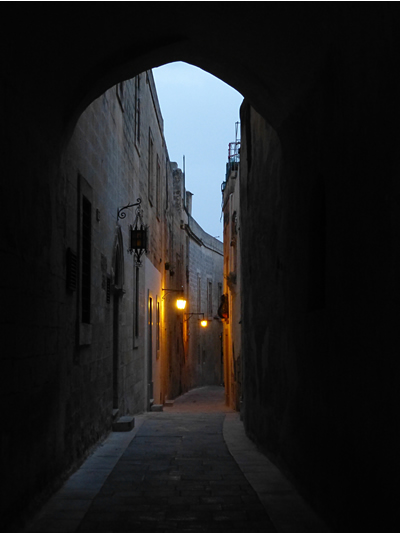
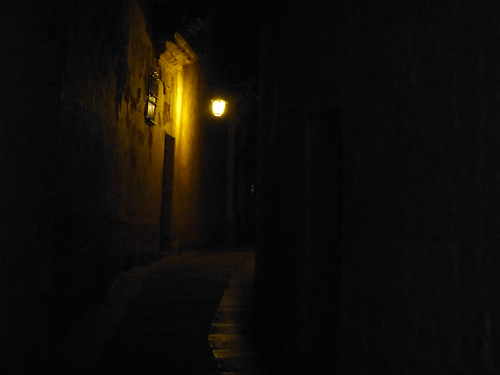
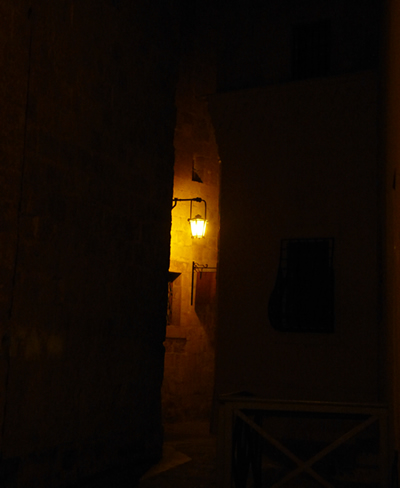

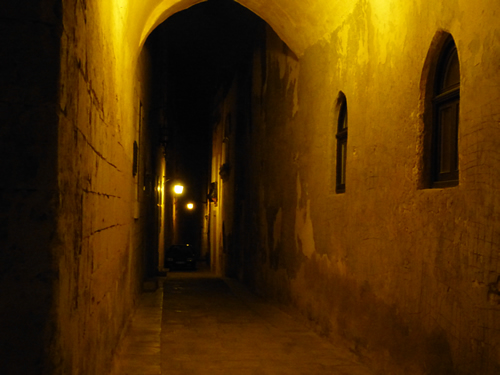
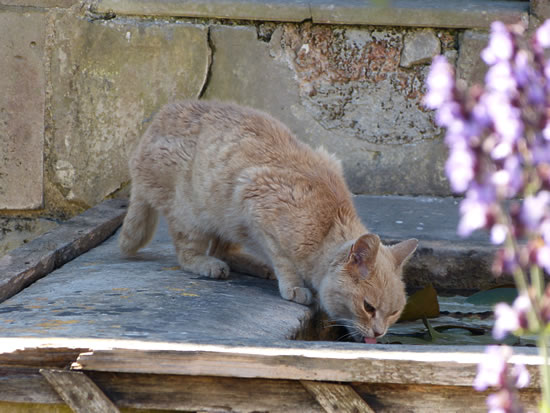
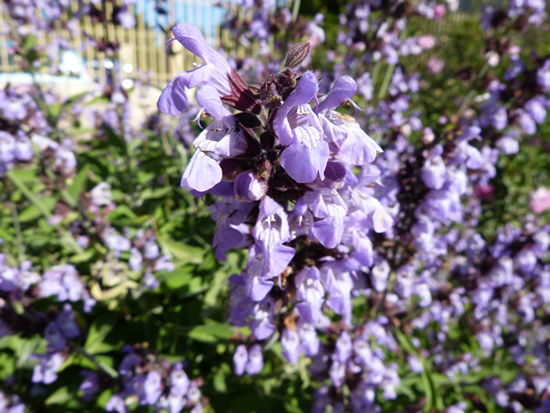
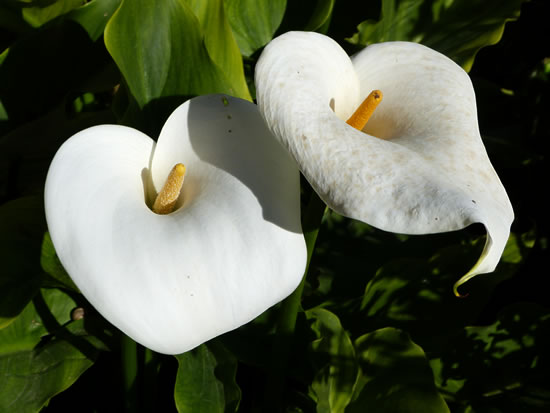
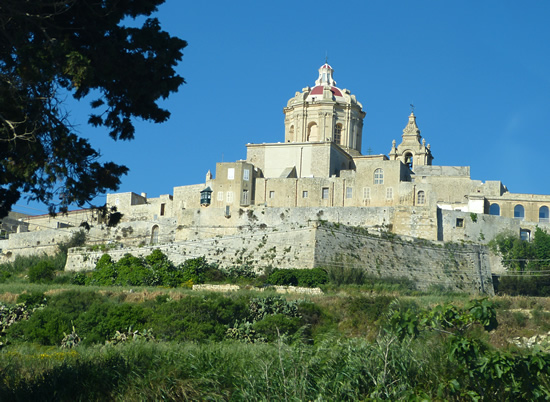
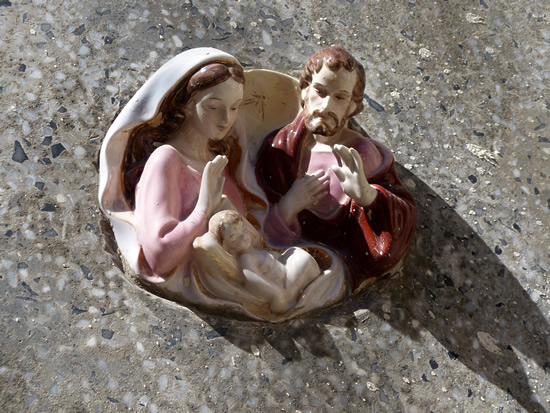

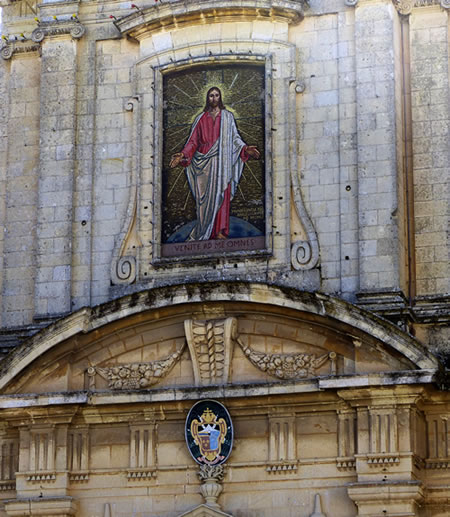
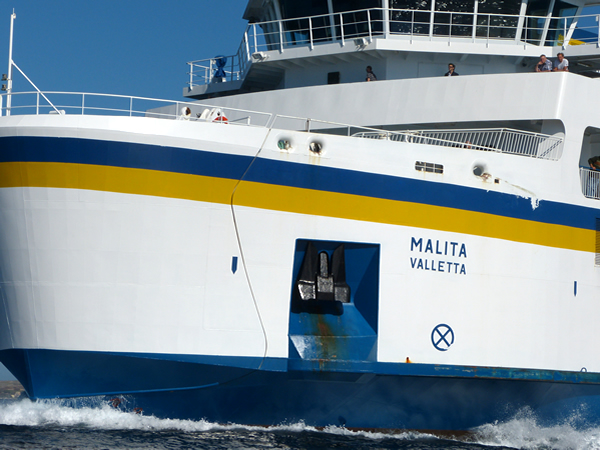
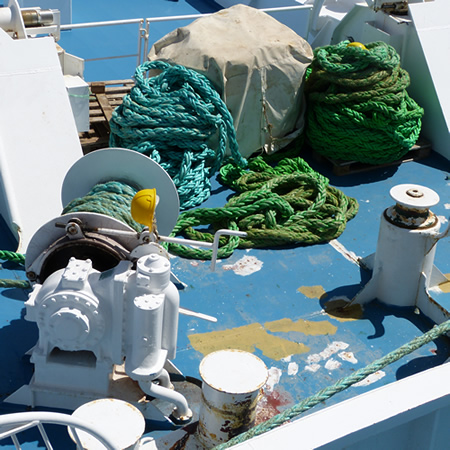
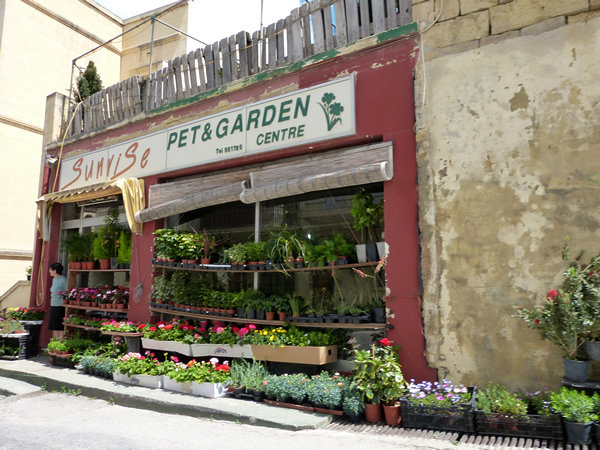
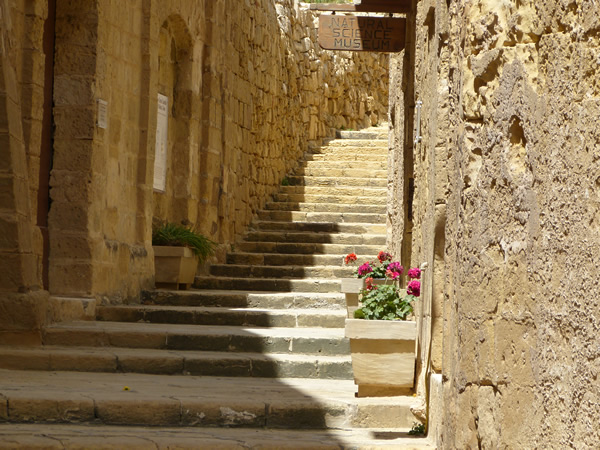
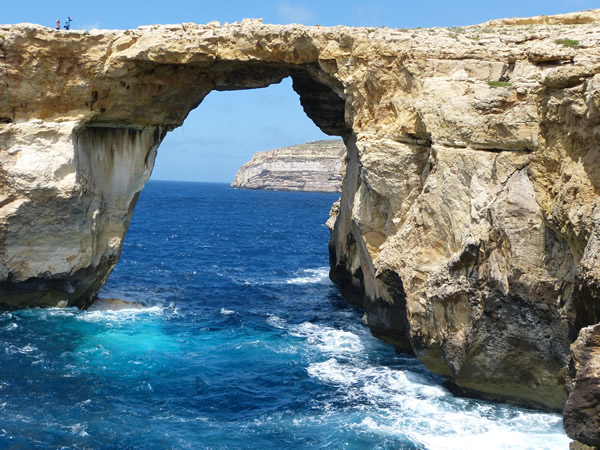
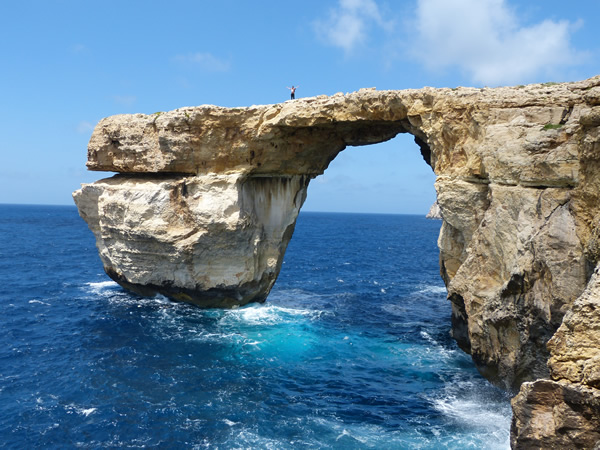
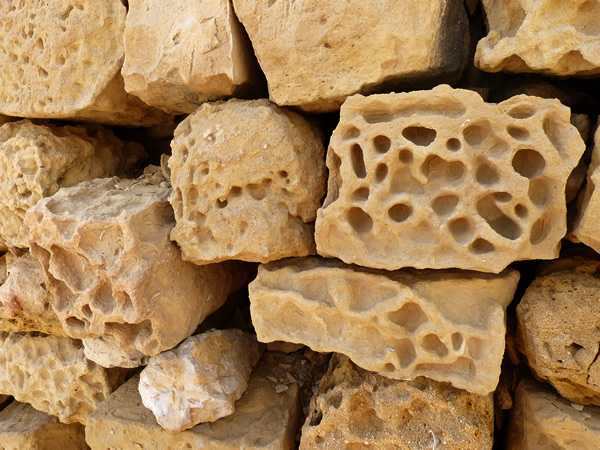
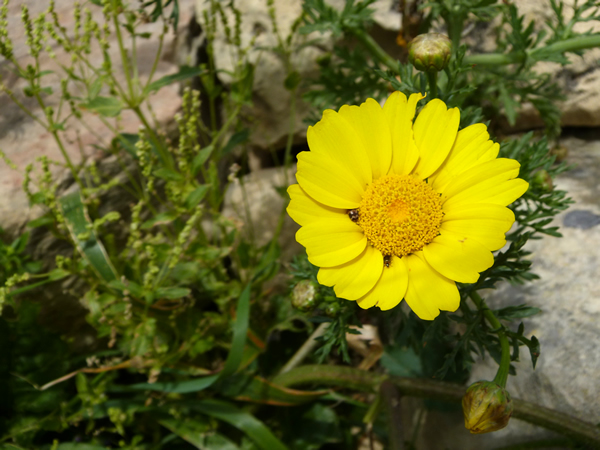
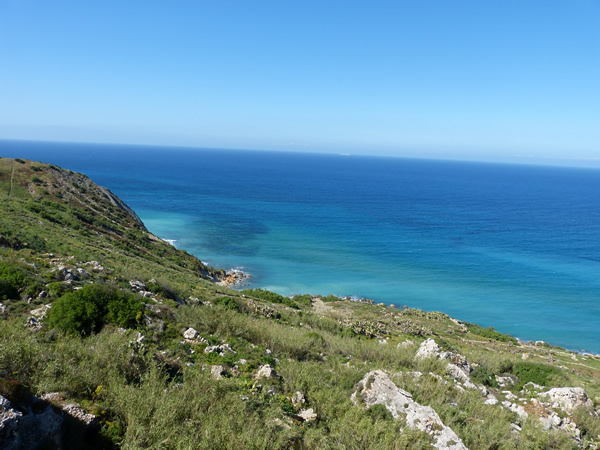
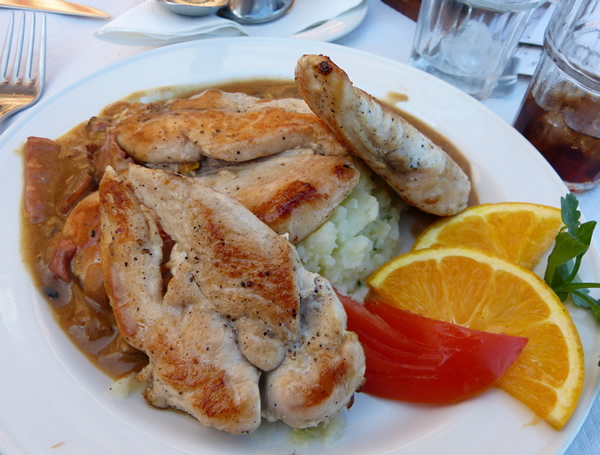
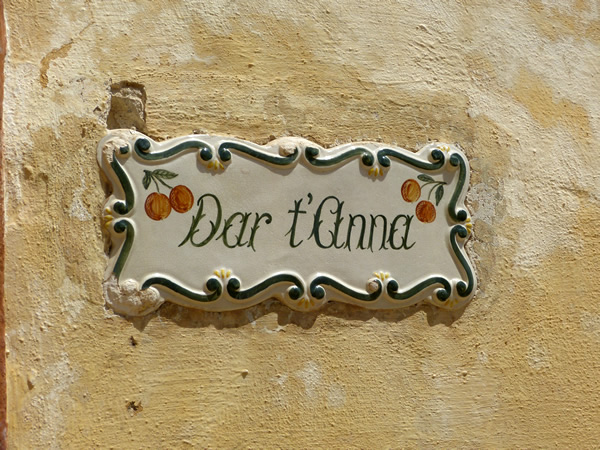
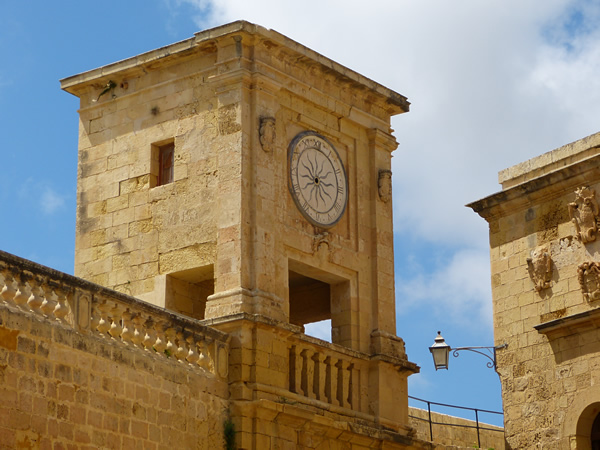
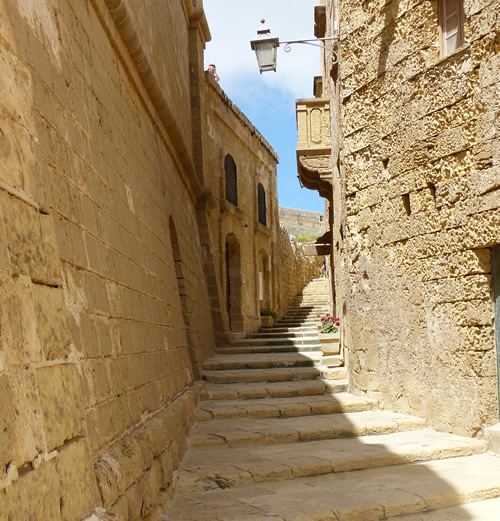
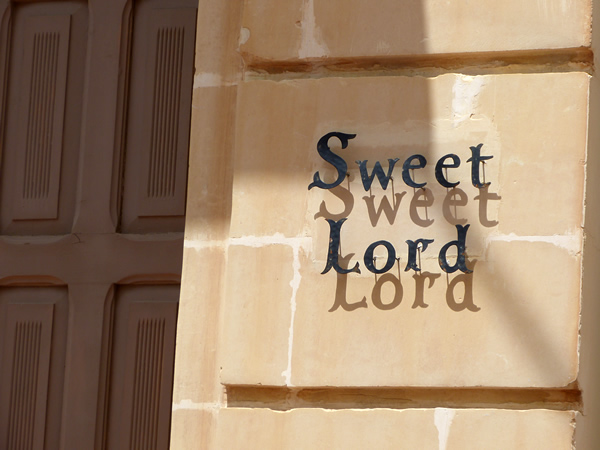
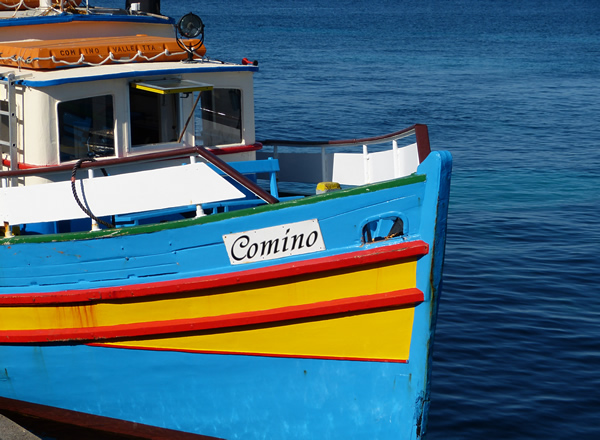
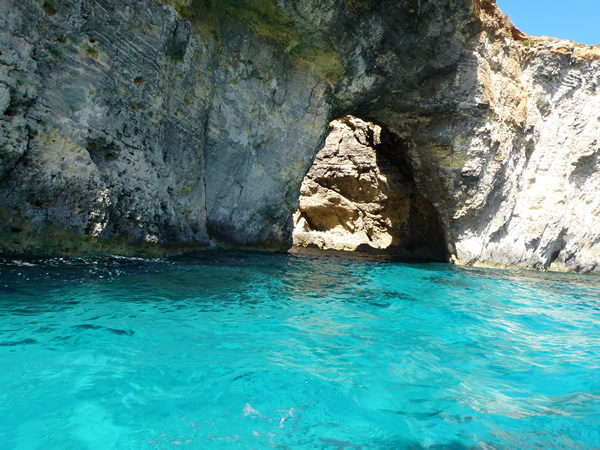
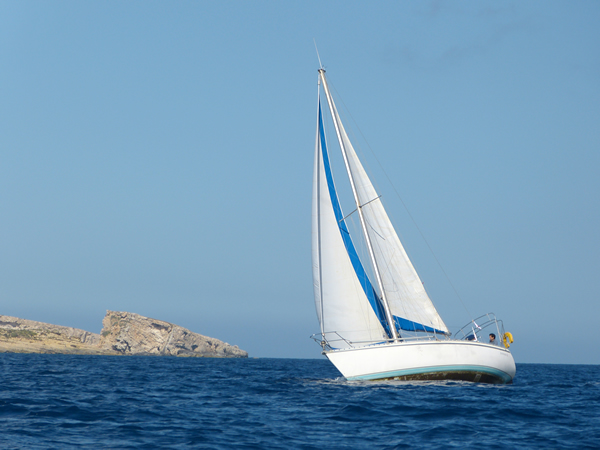
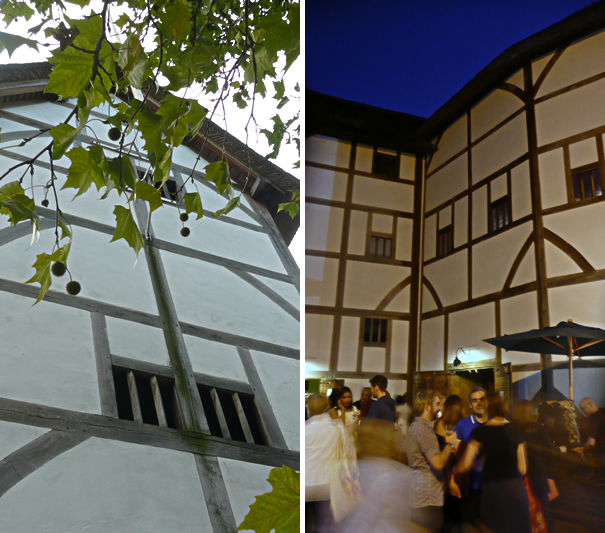
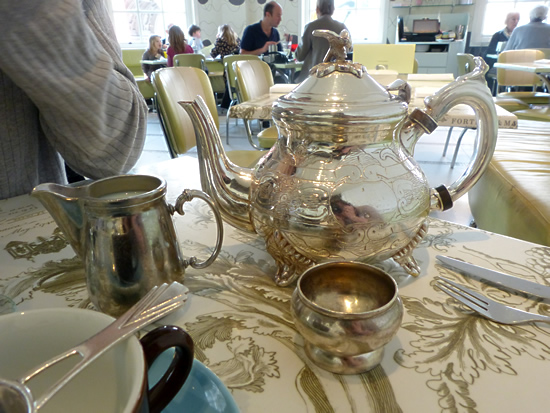
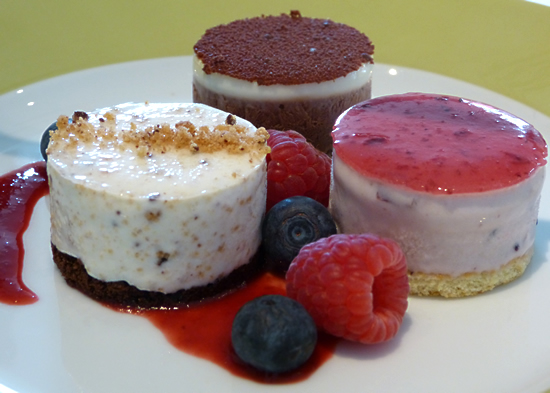
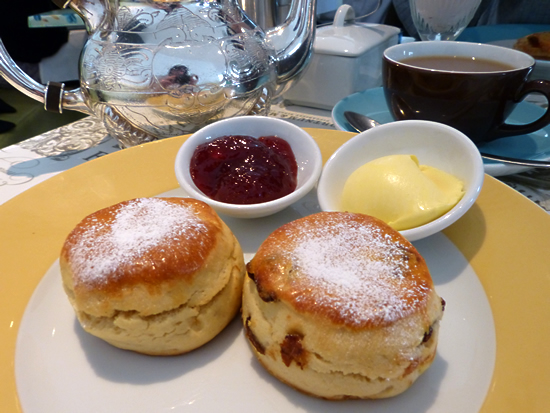
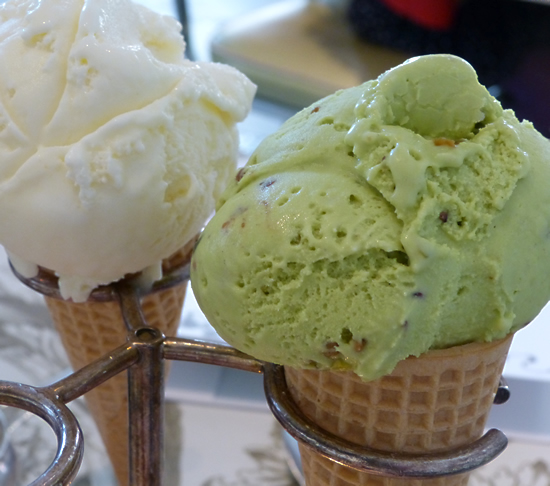
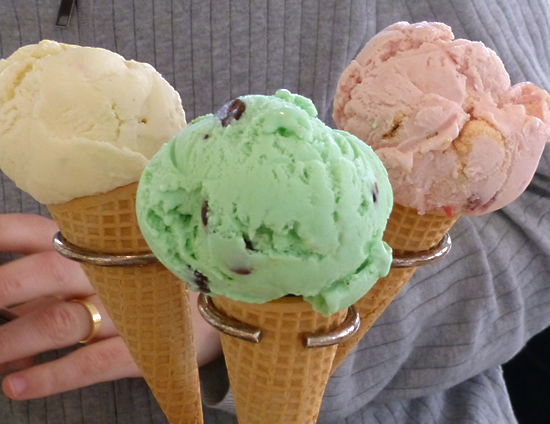
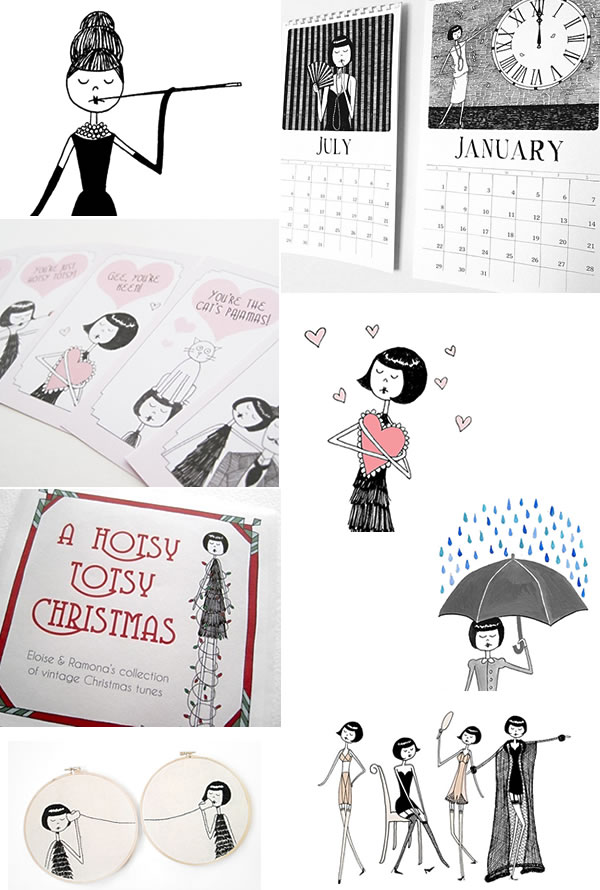
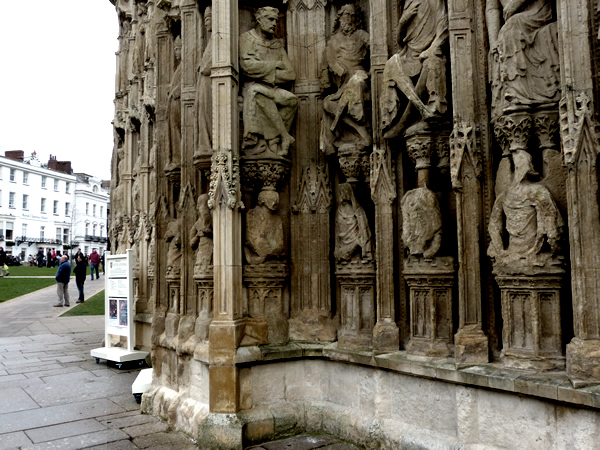
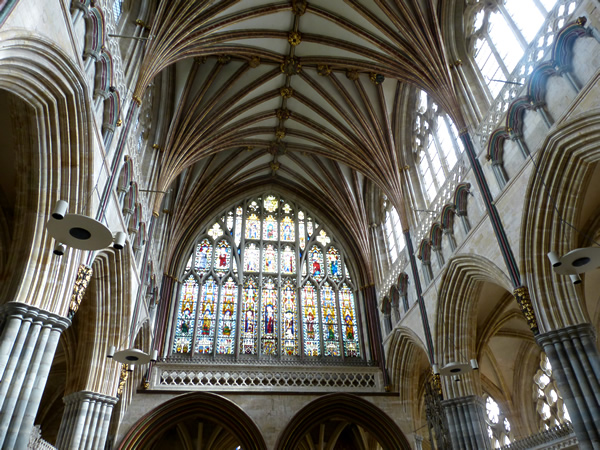
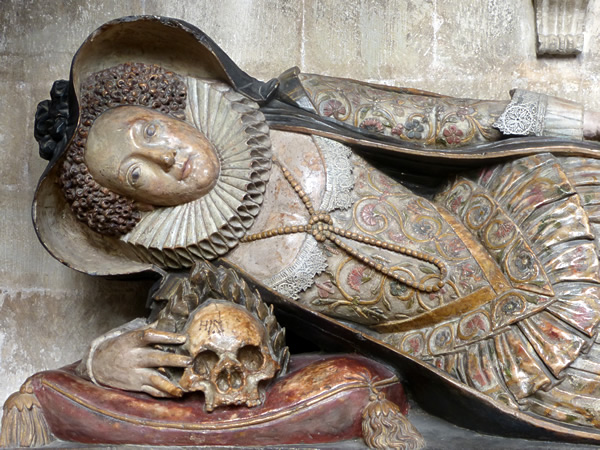
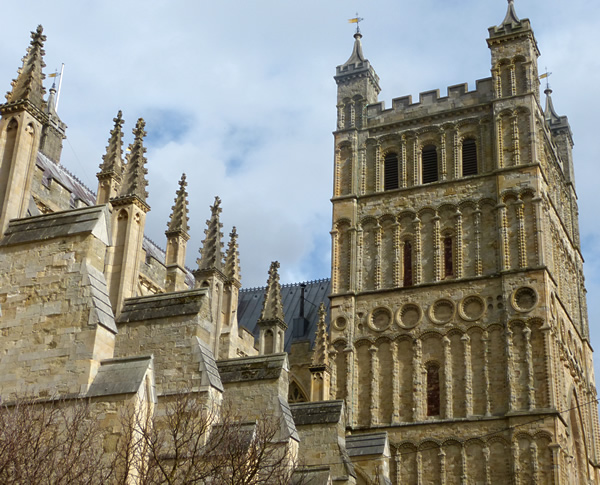
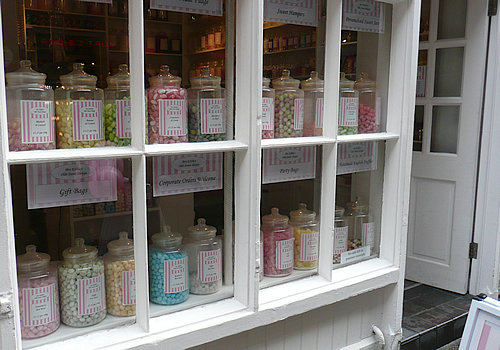
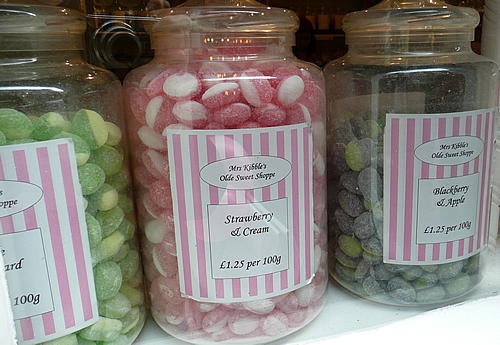
Recent Comments